This is Otto Skorzeny, often regarded as Hitler’s deadliest general. An Obersturmbannführer (lieutenant colonel) in the SS during World War II, Skorzeny gained fame in 1943 for his daring rescue of Benito Mussolini from the Abruzzi mountains where he had been imprisoned. The scar you see on his cheek, however, was not received during this audacious mission, nor was it inflicted upon his person when he led an SS unit to the Budapest royal palace and arrested the Hungarian leader Miklos Horthy, or during Operation Greif when he directed the infiltration of hundreds of German soldiers behind Allied lines. The scar was earned when he was a student in the University of Vienna, where he engaged in academic fencing called mensur. Like many of his Nazi compatriots, Skorzeny wore the scar proudly as a badge of honor and sign of one’s character and social status.
Two German students engaging in mensur. Painting by Georg Mühlberg (1863-1925)
Dueling as a sport dates back to centuries when swords were a regular part of the attire of noblemen throughout Europe. Whenever brawls and fights broke out among these men, it was only natural for them to draw out the weapon they boastfully carried. Duels became common in the academic environment too. Because very few people went to universities, being a student was a status symbol. Students wore special clothes, developed special kinds of festivities, sang student songs, and fought duels, sometimes spontaneously.
Academic fencing was seen as a kind of character building training as it enabled individuals to show countenance and fairness even in dangerous situations. By the 17th century, duels had become regulated with fights decided by officials, who appointed a time and place of the duel. A referee was appointed to make decisions and the practice of having an attending doctor also became normal because injuries were common. These injuries were not life threatening, but it did leave an ugly but otherwise desirable scar called schmitte (also called “bragging scar”) on their profile. The St Louis Daily Globe in an article published in 1887 noted that the wounds caused a “temporary inconvenience and leaving in their traces a perpetual witness of a fight well fought.” Indeed, scaring earned through dueling became a sign of bravery and social class as only the higher class individuals could attend universities where dueling fraternities were prevalent.
Pencil sketch of a mensur fight by Christian Wilhelm Allers (1857–1915)
In the early days many students got killed during dueling, mostly from punctured lung. It was only in the first half of the 19th century that duelers started taking more precaution. In 1884, the British Saturday Review describes a typical mensur attire:
A padded leather vest, coming almost down to the knees, covers the body, and the right arm is encased in a sleeve attached to a gauntlet, which may be compared to an elongated Rugby football. In the actual duel, there is an even more elaborate system of defense; the right wrist is guarded with a ring of mail, and the arm with folds of silk, which, like the turban of the East, are enough to stop an ordinary cut. Practically, though not according to strict rules, the body is altogether covered. The eyes are protected by iron spectacles, with a strong wire net instead of glasses.
A duel formally begins with an insult, the most common being dummer Junge (stupid boy). Student corporations demanded their members fight at least one duel with sharp blades during their university time. But it was not uncommon for students to fight 20 to 30 duels of that kind during their university years. One German student Fritz Bacmeister took part in an estimated 100 mensur bouts. Many experienced fencers thus accumulated an array of scars. Another 19th century duelist, who fought no less than thirteen duels, had 137 scars on the head, face and neck.
During the Third Reich, the Nazis forbade mensur, forcing many student fraternities to indulge in secret. After the Second World War, Mensur’s popularity fell, but some estimates that there are still around 400 student fraternities around Germany where mensur is practiced.
German students pose after a successful mensur duel.
A German student shows a fresh wound received in a mensur duel.
Adolf Hoffmann-Heyden, a German Corpsstudent, showing an extensive fresh fencing scar and some minor old ones.

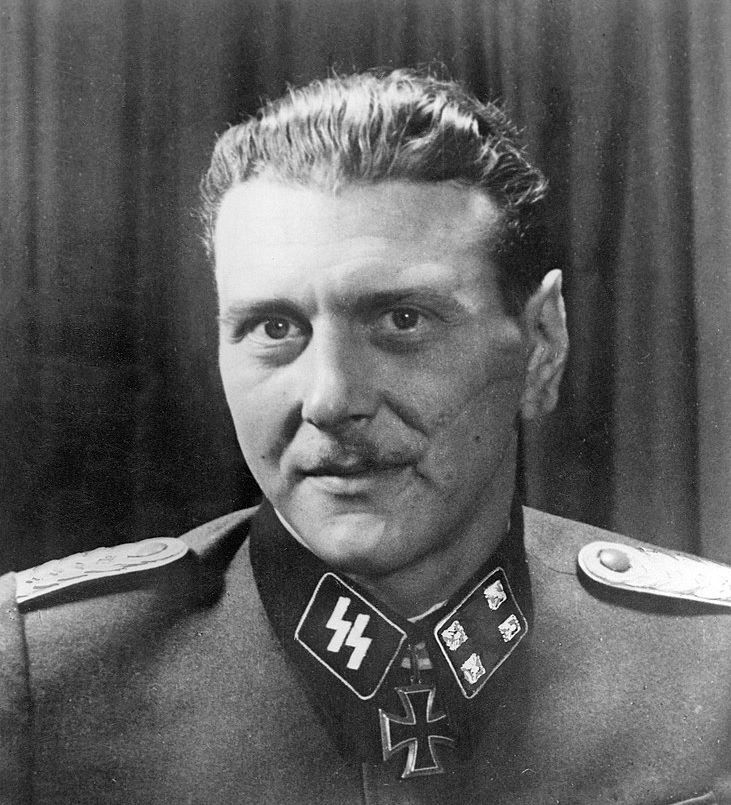
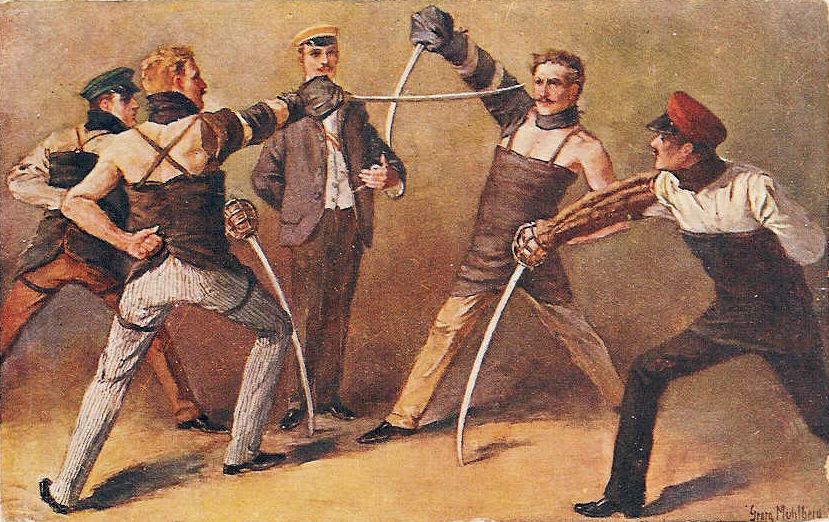
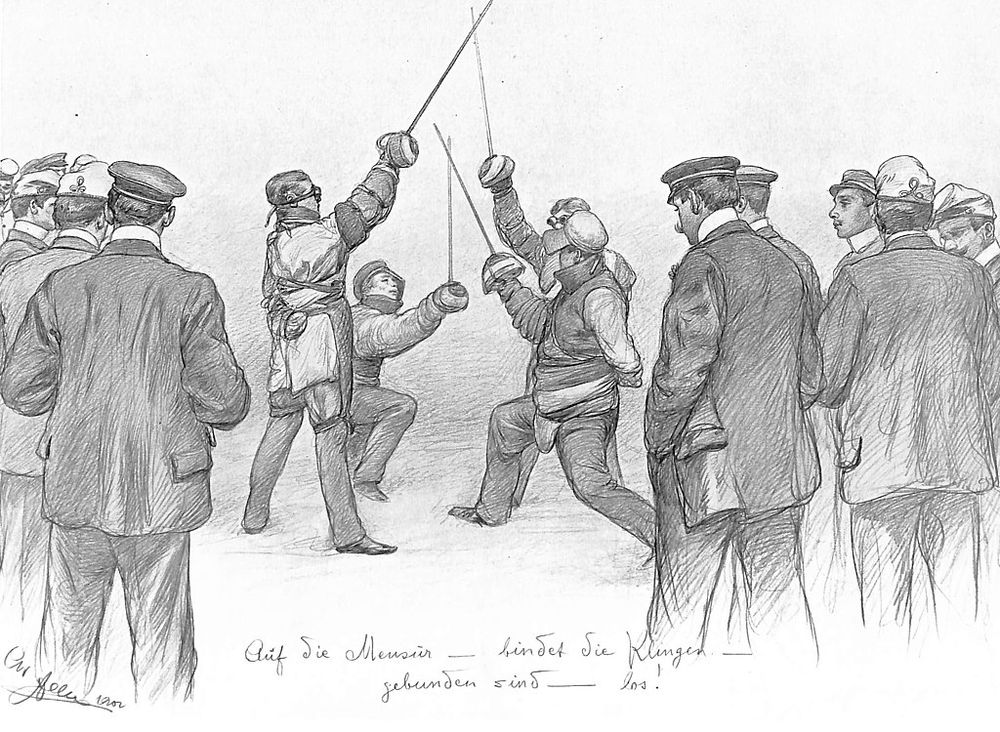


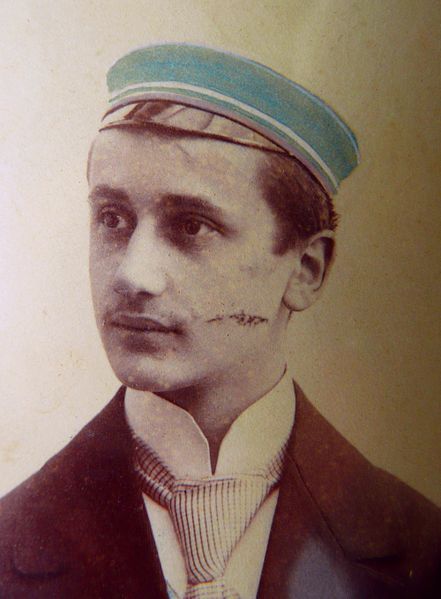
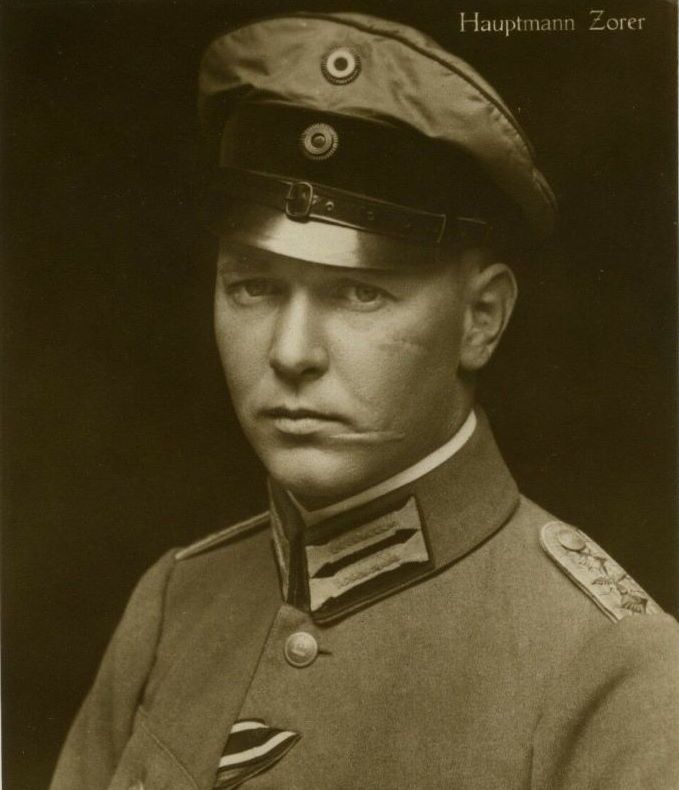
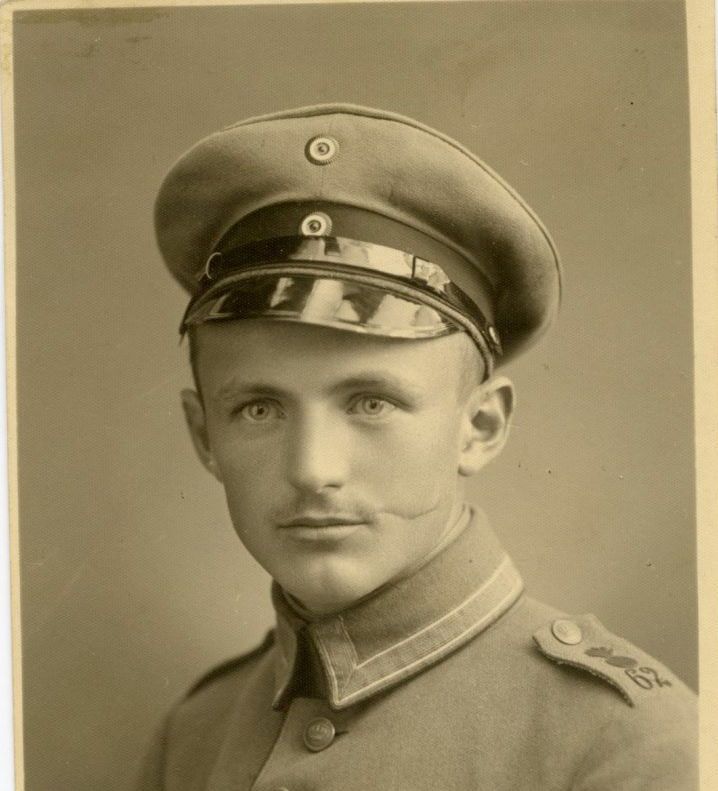















Comments
Post a Comment